Minister of Defence Raimonds Bergmanis Headquarters Riga Minister of defense Raimonds Bergmanis | Conscription Professional Founded 10 July 1919 Military age 18 | |
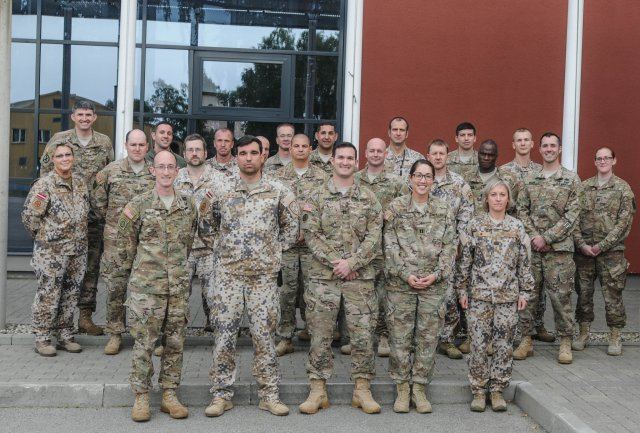 | ||
Current form August 23, 1991; 25 years ago (1991-08-23) Service branches Land Forces
Naval Forces
Air Force
National Guard Commander-in-Chief President Raimonds Vējonis Commander of the Joint Headquarters Major General Leonīds Kalniņš Similar Latvian National Guard, Lithuanian Armed Forces, Latvian Land Forces, Latvian Naval Forces, Luxembourg Army | ||
Latvia u s marines and latvian national armed forces anti tank rocket live fire exercise
The Latvian National Armed Forces (Latvian: Nacionālie Bruņotie Spēki) are the armed forces of the Republic of Latvia. Latvia's defense concept is based on a mobile professional rapid response force and large reserve segment of around 12,000 personnel that can be called upon relatively fast for mobilization should need arise. The National Armed Forces consists of Land Forces, Naval Forces, Air Force, National Guard and others. Latvia has switched to a professional army, the last draft was in 2005. From January 1, 2007, the Latvian army is fully contract-based.
Contents
- Latvia u s marines and latvian national armed forces anti tank rocket live fire exercise
- Military parade latvian national armed forces 2013 hd
- Mission
- History
- Structure
- Personnel
- Cooperation
- Modernization
- References
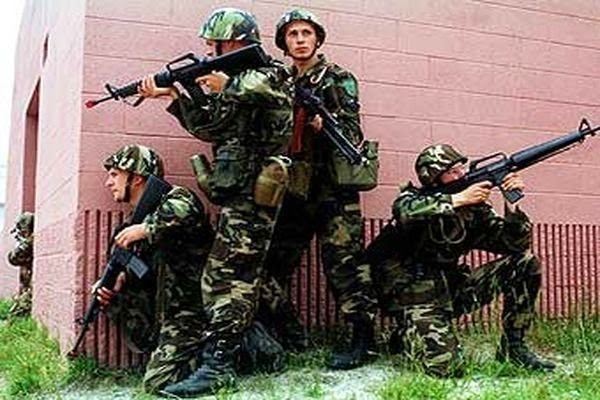
Military parade latvian national armed forces 2013 hd
Mission
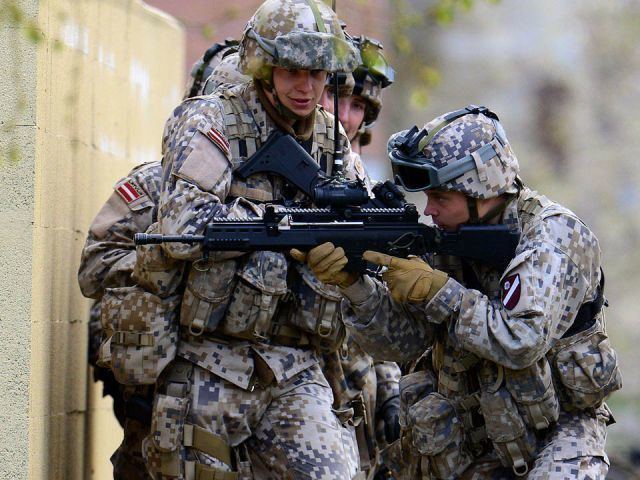
The mission of the National Armed Forces (NAF) is to defend the sovereignty and territorial integrity of the nation and to defend its population against foreign or domestic armed aggression. In order to implement these tasks, the NAF provide for the defence of the nation, its air space and national territorial waters, participate in large scale crisis response operations, perform emergency rescue operations, and participate in international peacekeeping operations.
The main mission of the National Armed Forces is to:
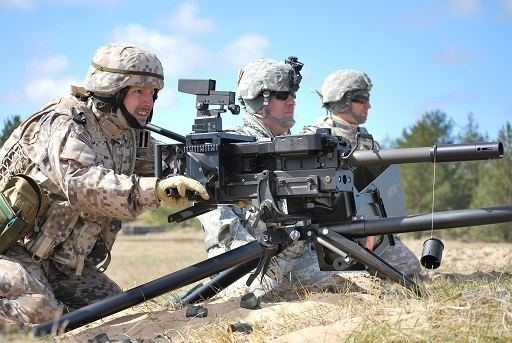
History
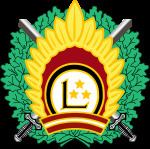
The Latvian armed forces were first formed after the new state was created after World War I. At the end of the Latvian War of Independence (1918-1920), the Latvian Army consisted of 69,232 men.
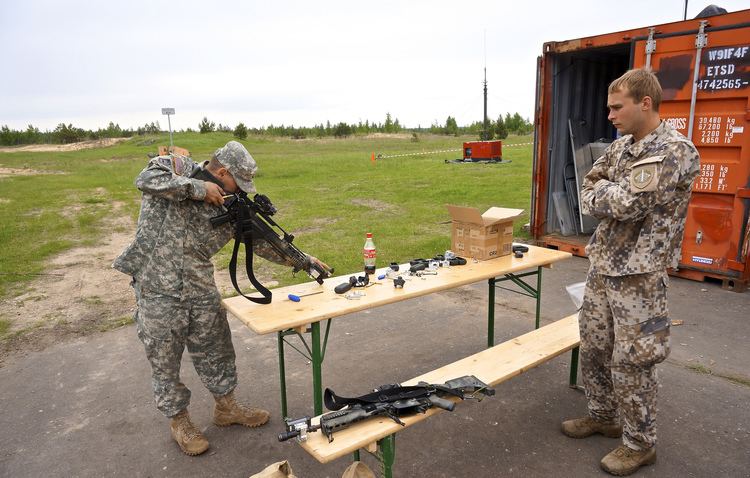
After the Soviet occupation of Latvia in June 1940 the annihilation of the Latvian army began. The army was renamed the People’s Army and in September–November 1940- the Red Army’s 24th Territorial Rifle Corps. The corps comprised the 181st and 183rd Rifle Divisions. In September the corps contained 24,416 men but in autumn more than 800 officers and about 10,000 instructors and soldiers were discharged. The arrests of soldiers continued in the following months. In June 1940, the entire Territorial Corps was sent to Litene camp. Before leaving the camp, Latvians drafted in 1939 were demobilised, and replaced by about 4,000 Russian soldiers from the area around Moscow. On June 10, the corps' senior officers were sent to Russia where they were arrested and most of them shot. On June 14 at least 430 officers were arrested and sent to Gulag camps. After the German attack against the Soviet Union, from June 29 to July 1 more than 2080 Latvian soldiers were demobilised, fearing that they might turn their weapons against the Russian commissars and officers. Simultaneously, many soldiers and officers deserted and when the corps crossed the Latvian border only about 3,000 Latvian soldiers remained.
Structure
National Armed Forces consist of:
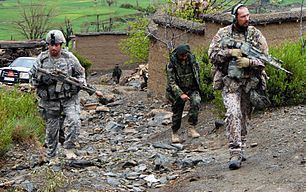
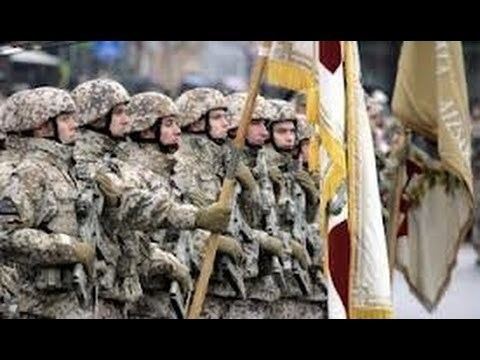
The Security Service of Parliament and State President was a part of the National Armed Forces until its merger with the Military Police in 2009.
Personnel
There are 4,763 active duty personnel in the NAF. There are 971 soldiers in the Latvian Land Forces, 552 in the Latvian Naval Forces, 251 in the Latvian Air Force with the balance in the other commands. There are 10,642 voluntary national guardsmen with 1,284 officers and 1,945 non-commissioned officers in the Latvian National Guard. There are 1,288 civil employees serving in the NAF.
Cooperation
Along with providing for national defence, the NAF will also react immediately to threats to other allies and to international crises.
Latvia cooperates with Estonia and Lithuania in the joint infantry battalion BALTBAT and naval squadron BALTRON which are available for peacekeeping operations.
Currently, NATO is involved in the patrolling and protection of the Latvian air space as the Latvian military does not have the means to do so. For this goal a rotating force of four NATO fighters, which comes from different nations and switches at two or three month intervals, is based in Lithuania to cover all three Baltic states (see Baltic Air Policing).
Modernization
After joining the North Atlantic Treaty Organization (NATO), Latvia has undertaken obligations to strengthen common defence within the scope of its capabilities. For this purpose, every NATO member state delegates its military formations — fast response, well-armed and well-equipped units capable to operate beyond the NATO’s borders.
After joining NATO, the foundation of the Latvian defence system has shifted from total territorial defence to collective defence. Latvia has acquired small but highly professional troop units that have been fully integrated into NATO structures. NAF soldiers have participated in international operations since 1996. Specialized units (e.g. units of military medics, military police, unexploded ordnance neutralizers, military divers and special forces) have been established in order to facilitate and enhance NAF participation in international operations. Special attention has been paid to establishing a unit to deal with the identification and clearance of nuclear pollution. The successful participation of Latvian soldiers in international exercises, operations and missions demonstrates that their professional skills already comply with the performance requirements set by the Alliance.
